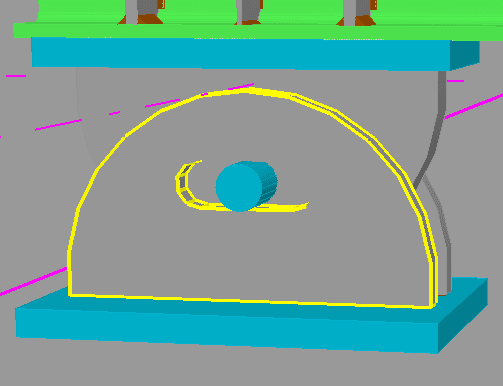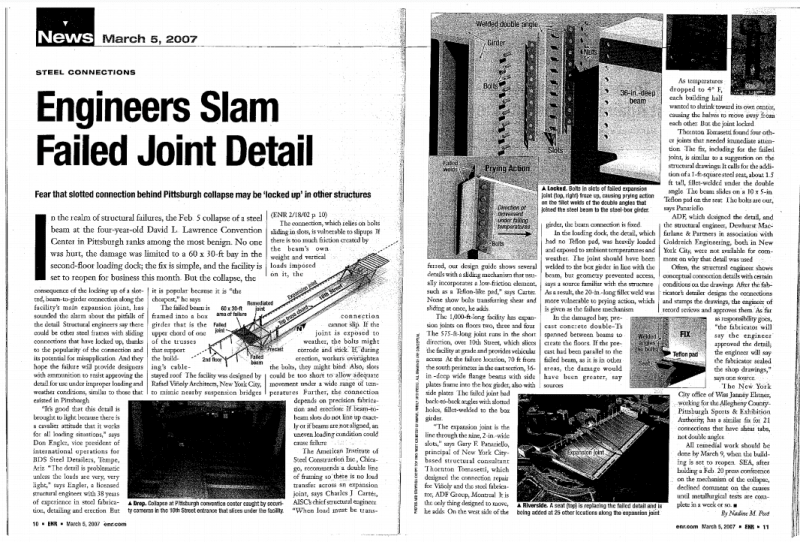malikasal
Structural
- Nov 17, 2013
- 130
to make a long story short, i am looking for the expert`s thoughts regarding this suggested roller support (or may i say, ATTACK) :

ôIf you don't build your dream someone will hire you to help build theirs.ö
Tony A. Gaskins Jr.

ôIf you don't build your dream someone will hire you to help build theirs.ö
Tony A. Gaskins Jr.


